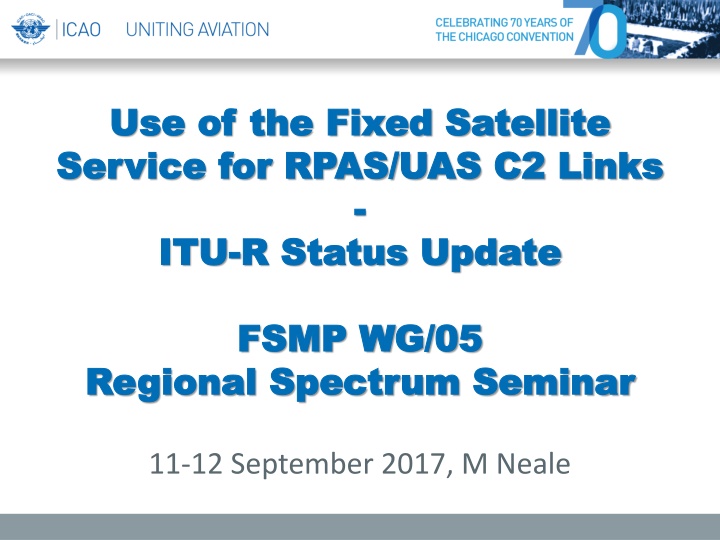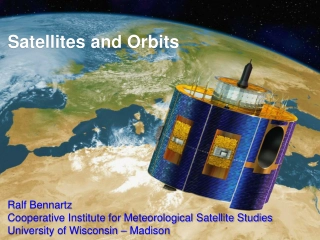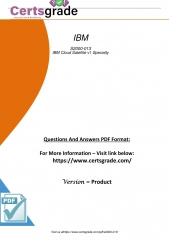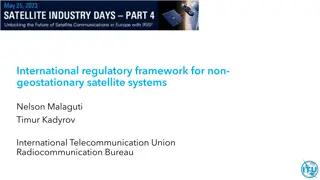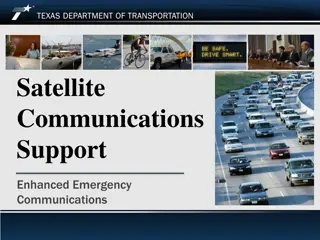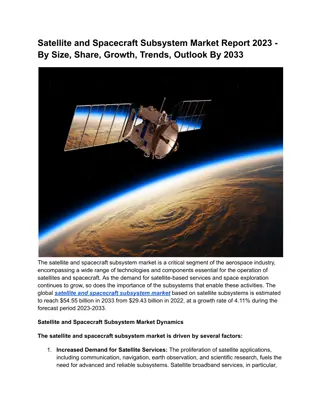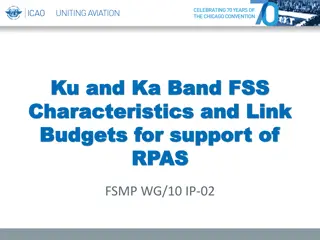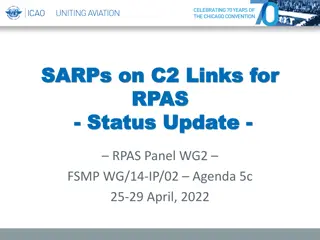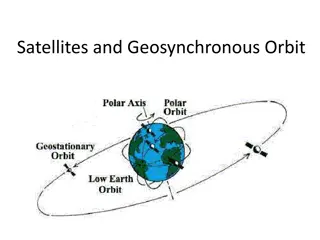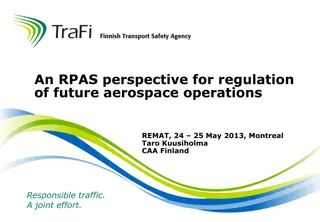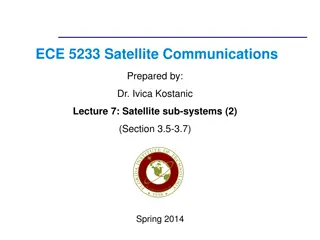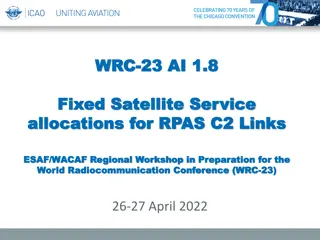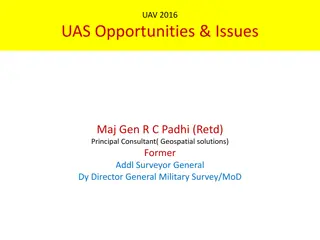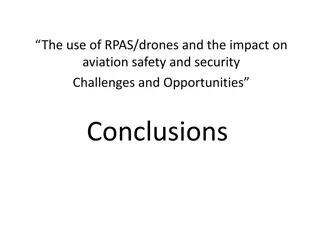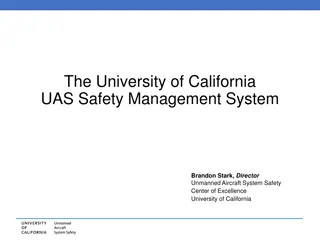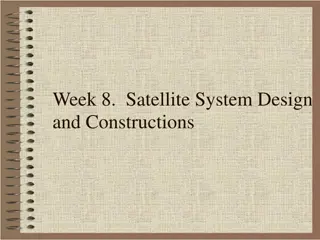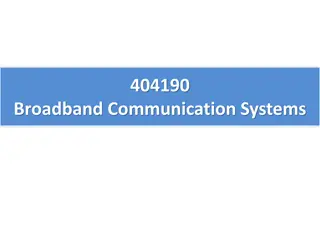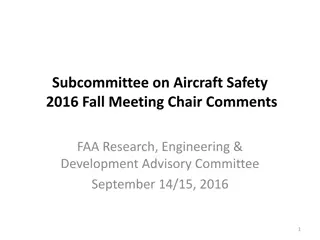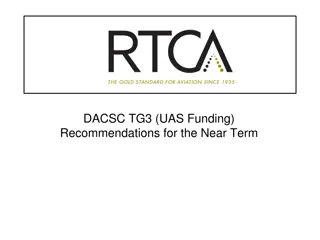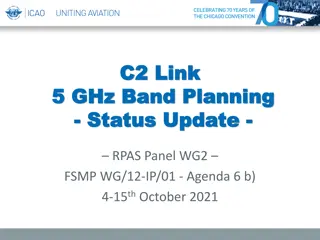Use of the Fixed Satellite Service for RPAS/UAS C2 Links
This presentation discusses the adoption of Resolution 155 at WRC 2015, focusing on the use of fixed satellite service for RPAS/UAS C2 links. It covers general considerations, coordination aspects, harmful interference concerns, and more in relation to RPAS/UAS systems and ICAO regulations.
Download Presentation

Please find below an Image/Link to download the presentation.
The content on the website is provided AS IS for your information and personal use only. It may not be sold, licensed, or shared on other websites without obtaining consent from the author.If you encounter any issues during the download, it is possible that the publisher has removed the file from their server.
You are allowed to download the files provided on this website for personal or commercial use, subject to the condition that they are used lawfully. All files are the property of their respective owners.
The content on the website is provided AS IS for your information and personal use only. It may not be sold, licensed, or shared on other websites without obtaining consent from the author.
E N D
Presentation Transcript
Use of the Fixed Satellite Use of the Fixed Satellite Service for RPAS/UAS C2 Links Service for RPAS/UAS C2 Links - - ITU ITU- -R Status Update R Status Update FSMP WG/05 FSMP WG/05 Regional Spectrum Seminar Regional Spectrum Seminar 11-12 September 2017, M Neale
ITU-R Status Update At WRC 2015 Resolution 155 was adopted This presentation considers all of the resolves in the Resolution and discuss ITU-R s status General Considerations Coordination Considerations Harmful Interference Considerations Non-RPAS/UAS System Protection Considerations RPAS/UAS System Considerations ICAO Considerations 2
At WRC 2015 Resolution 155 was adopted General Considerations resolves 1 that assignments to stations of geostationary FSS satellite networks operating in the frequency bands 10.95-11.2 GHz (space-to-Earth), 11.45-11.7 GHz (space-to-Earth), 11.7-12.2 GHz (space-to-Earth) in Region 2, 12.2-12.5 GHz (space-to-Earth) in Region 3, 12.5-12.75 GHz (space to- Earth) in Regions 1 and 3 and 19.7-20.2 GHz (space-to-Earth), and in the frequency bands 14-14.47 GHz (Earth-to-space) and 29.5-30.0 GHz (Earth-to-space), may be used for UAS CNPC links in non-segregated airspace*, provided that the conditions specified in resolves below are met; Ku and Ka FSS Bands ITU-R Bureau has created the UG class 2 that earth stations in motion on board UA may communicate with the space station of a geostationary FSS satellite network operating in the frequency bands listed in resolves 1 above, provided that the class of the earth station in motion on board UA is matched with the class of the space station and that other conditions of this Resolution are met (see also instructs the Director of the Radiocommunication Bureau 3 below); ICAO RPAS Panel is developing SARPS to be Effective by 2022 3 that the frequency bands specified in resolves 1 shall not be used for the UAS CNPC links before the adoption of the relevant international aeronautical standards and recommended practices (SARPs) consistent with Article 37 of the Convention on International Civil Aviation, taking into account instructs the Director of the Radiocommunication Bureau 4; 3
At WRC 2015 Resolution 155 was adopted Coordination Considerations resolves 4 that administrations responsible for an FSS network providing UA CNPC links shall apply the relevant provisions of Articles 9 (necessary provisions need to be identified or developed) and 11 for the relevant assignments, including, as appropriate, assignments to the corresponding space station, specific and typical earth station and earth station in motion on board UA, including the request for publication in BR IFIC of items referred to in resolves 2 and the course of actions identified in that resolves in order to obtain international rights and recognition as specified in Article 8; RPAS/UAS Earth Stations (Air and Ground) are to be coordinated using the same process as other FSS networks and not be given any special status during coordination 9 that the use of assignments of a FSS satellite network for UAS CNPC links shall not constrain other FSS satellite networks during the application of the provisions of Articles 9 and 11; 10 that the introduction of UAS CNPC links shall not result in additional coordination constraints on terrestrial services under Articles 9 and 11; 4
At WRC 2015 Resolution 155 was adopted Harmful Interference Considerations resolves 13 UAS CNPC links shall: ensure that the use of UAS CNPC links be in accordance with the international standards and recommended practices (SARPs) consistent with Article 37 of the Convention on International Civil Aviation; take the required measures, consistent with No. 4.10, to ensure freedom from harmful interference to earth stations on board UA operated in accordance with this Resolution; act immediately when their attention is drawn to any such harmful interference, as freedom from harmful interference to UAS CNPC links is imperative to ensure their safe operation, taking into account resolves 11; - use assignments associated with the FSS networks for UAS CNPC links (see Figure 1 in Annex 1), including assignments to space stations, specific or typical earth stations and earth stations on board UA (see resolves 2), that have been successfully coordinated under Article 9 (including provisions identified in resolves 4) and recorded in the Master International Frequency Register (MIFR) with a favorable finding under Article 11, including Nos. 11.31, 11.32 or 11.32A where applicable, and except those assignments that have not successfully completed coordination procedures under No. 11.32 by applying Appendix 5 6.d.i; ensure that real-time interference monitoring, estimation and prediction of interference risks and planning solutions for potential interference scenarios are addressed by FSS operators and UAS operators with guidance from aviation authorities; RPAS/UAS CNPC Links require careful monitoring and immediate action to be taken to minimize the potential for any safety effects due to harmful interference 5
At WRC 2015 Resolution 155 was adopted Non-RPAS/UAS System Protection Considerations resolves 8 that earth stations of UAS CNPC links of a particular FSS network shall not cause more interference to, or claim more protection from, stations of terrestrial services than specific or typical earth stations of that FSS network as indicated in resolves 5 that have been previously coordinated and/or notified under relevant provisions of Articles 9 and 11; Pfd masks are required to protect the terrestrial services, in particular the FS 14 that, unless otherwise agreed between the administrations concerned, UA CNPC earth stations shall not cause harmful interference to terrestrial services of other administrations (see also Annex 2); 15 that, in order to implement resolves 14 above, power flux-density hard limits need to be developed for UAS CNPC links; one possible example of such provisional limits to protect the fixed service is provided in Annex 2; subject to agreement between the administrations concerned, that annex may be used for the implementation of this Resolution; 16 that the power flux-density hard limits provided in Annex 2 shall be reviewed and, if necessary, revised by the next conference; Out of band emissions also need to be considered 17 that, in order to protect the radio astronomy service in the frequency band 14.47-14.5 GHz, administrations operating UAS in accordance with this Resolution in the frequency band 14-14.47 GHz within line-of-sight of radio astronomy stations are urged to take all practicable steps to ensure that the emissions from the UA in the frequency band 14.47-14.5 GHz do not exceed the levels and percentage of data loss given in the most recent versions of Recommendations ITU-R RA.769 and ITU-R RA.1513; 6
PFD Mask to Protect the Fixed Service WP 5B is reviewing the ITU-R M.1643 based mask from Annex 2 of Resolution 155 (WRC-15). Alternate masks are being developed with the intent to review/revise the pfd mask during the next conference (WRC-19) as indicated in resolves 6 During its May 2017 meeting WP 5C provided WP 5B with the appropriate FS characteristics (5B/308) to be used in this pfd analysis Further discussion will take place at the upcoming WP 5B meetings 7
At WRC 2015 Resolution 155 was adopted RPAS/UAS System Considerations resolves 5 that earth stations of UAS CNPC links shall operate within the notified and recorded technical parameters of the associated satellite network, including specific or typical earth stations of the geostationary FSS satellite network(s) as published by the Radiocommunication Bureau; WP 5B is developing CNPC Link characteristics to enable: 1) WP 5B to analyze compliance with the appropriate Radio Regulations 2) ICAO to perform its work on SARPs . Reference liaisons from RPASP/FSMP to WP 5B FSMP- WG/3-WP/04 and FSMP-WG/4 WP/12 6 that earth stations of UAS CNPC links shall not cause more interference to, or claim more protection from, other satellite networks and systems than specific or typical earth stations as indicated in resolves 5 as published by the Bureau; 7 that, in order to apply resolves 6 above, administrations responsible for the FSS network to be used for UAS CNPC links shall provide the level of interference for the reference assignments of the network used for CNPC links upon request by an administration authorizing the use of UAS CNPC links within its territory; 8
CNPC Link Characteristics During its May meeting WP 5B developed Guidelines on how RPAS/UAS CNPC Link characteristics should be developed. 3+4) All of the appropriately coordinated Earth stations in the MIFR will be reviewed to develop maximum and minimum values of key parameters that could affect interference and link performance 5) CNPC Link characteristics will be proposed 6) The MIFR derived Earth station characteristics will be compared with the proposed CNPC Link characteristics to see if the CNPC Link characteristics comply Guidelines extracted from Annex 27 of the May WP 5B meeting Chairman's Report 5B/305 9
At WRC 2015 Resolution 155 was adopted ICAO Considerations Resolves ICAO needs to consider harmful interference in its SARPs 11 that earth stations on board UA shall be designed and operated so as to be able to accept the interference caused by terrestrial services operating in conformity with the Radio Regulations in the frequency bands listed in resolves 1 without complaints under Article 15; 12 that earth stations on board UA shall be designed and operated so as to be able to operate with interference caused by other satellite networks resulting from application of Articles 9 and 11; ICAO should attempt to complete its FSS related SARP amendments prior to 2023 18 to consider the progress obtained by ICAO in the process of preparation of SARPs for UAS CNPC links, to review this Resolution at WRC-23, taking into account the results of the implementation of Resolution 156 (WRC-15), and to take necessary actions as appropriate; 10
